Dennis Wittich
Evaluating saliency scores in point clouds of natural environments by learning surface anomalies
Aug 26, 2024
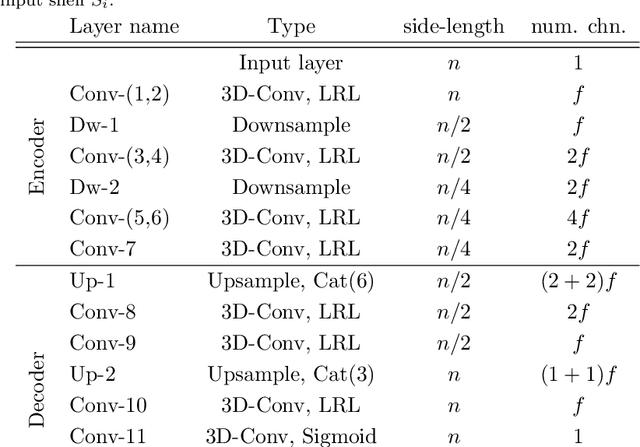
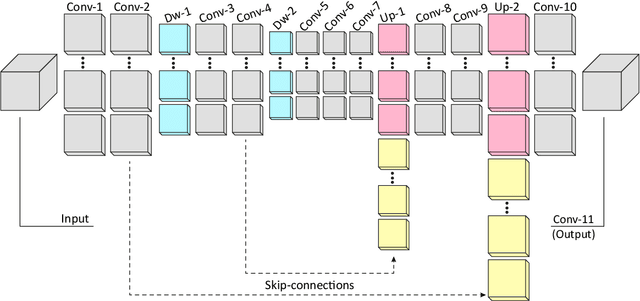

Abstract:In recent years, three-dimensional point clouds are used increasingly to document natural environments. Each dataset contains a diverse set of objects, at varying shapes and sizes, distributed throughout the data and intricately intertwined with the topography. Therefore, regions of interest are difficult to find and consequent analyses become a challenge. Inspired from visual perception principles, we propose to differentiate objects of interest from the cluttered environment by evaluating how much they stand out from their surroundings, i.e., their geometric salience. Previous saliency detection approaches suggested mostly handcrafted attributes for the task. However, such methods fail when the data are too noisy or have high levels of texture. Here we propose a learning-based mechanism that accommodates noise and textured surfaces. We assume that within the natural environment any change from the prevalent surface would suggest a salient object. Thus, we first learn the underlying surface and then search for anomalies within it. Initially, a deep neural network is trained to reconstruct the surface. Regions where the reconstructed part deviates significantly from the original point cloud yield a substantial reconstruction error, signifying an anomaly, i.e., saliency. We demonstrate the effectiveness of the proposed approach by searching for salient features in various natural scenarios, which were acquired by different acquisition platforms. We show the strong correlation between the reconstruction error and salient objects.
Appearance Based Deep Domain Adaptation for the Classification of Aerial Images
Aug 17, 2021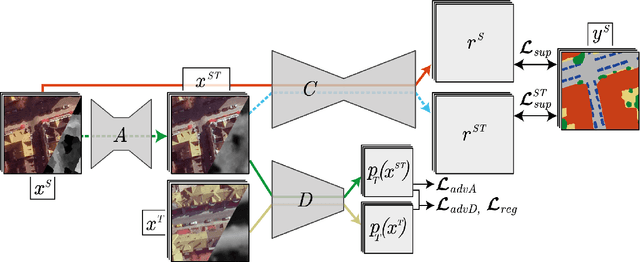
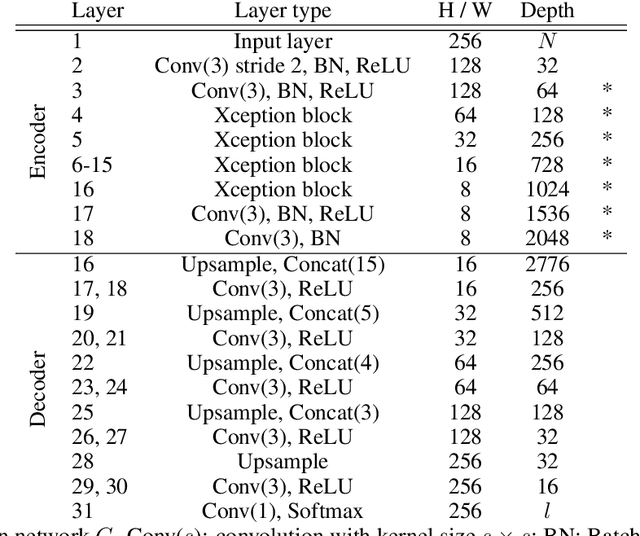

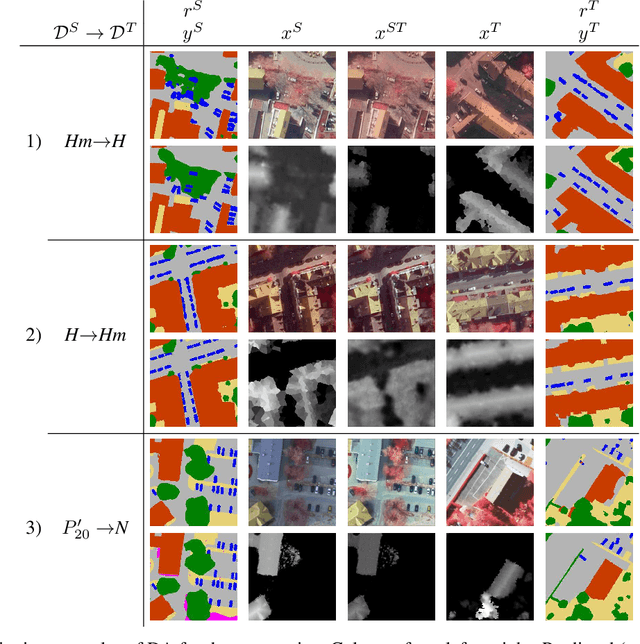
Abstract:This paper addresses domain adaptation for the pixel-wise classification of remotely sensed data using deep neural networks (DNN) as a strategy to reduce the requirements of DNN with respect to the availability of training data. We focus on the setting in which labelled data are only available in a source domain DS, but not in a target domain DT. Our method is based on adversarial training of an appearance adaptation network (AAN) that transforms images from DS such that they look like images from DT. Together with the original label maps from DS, the transformed images are used to adapt a DNN to DT. We propose a joint training strategy of the AAN and the classifier, which constrains the AAN to transform the images such that they are correctly classified. In this way, objects of a certain class are changed such that they resemble objects of the same class in DT. To further improve the adaptation performance, we propose a new regularization loss for the discriminator network used in domain adversarial training. We also address the problem of finding the optimal values of the trained network parameters, proposing an unsupervised entropy based parameter selection criterion which compensates for the fact that there is no validation set in DT that could be monitored. As a minor contribution, we present a new weighting strategy for the cross-entropy loss, addressing the problem of imbalanced class distributions. Our method is evaluated in 42 adaptation scenarios using datasets from 7 cities, all consisting of high-resolution digital orthophotos and height data. It achieves a positive transfer in all cases, and on average it improves the performance in the target domain by 4.3% in overall accuracy. In adaptation scenarios between datasets from the ISPRS semantic labelling benchmark our method outperforms those from recent publications by 10-20% with respect to the mean intersection over union.
 Add to Chrome
Add to Chrome Add to Firefox
Add to Firefox Add to Edge
Add to Edge